New structural and safety features of Mercedes-Benz vehicles, including extensive use of aluminum and other light-weight materials, plus new applications of camera, sensor, and advanced electronics technologies, all require significant changes to collision repair facilities, equipment, and technician skills.
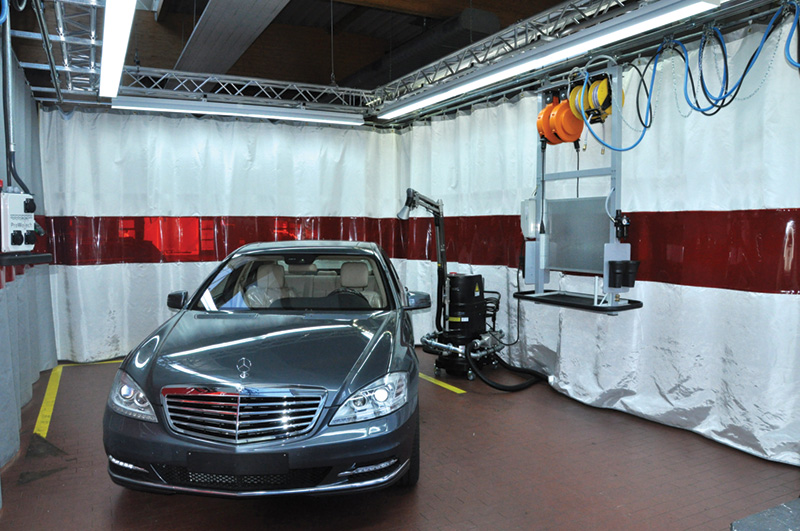
Curtain systems are a less expensive alternative to a pre-fab enclosure for isolating aluminum repairs from repairs on steel vehicles
A decade ago there were so few cars on the road with light-weight and high-strength body and chassis components that a collision repair shop could delay investing in the equipment, tools, and training required for working on these vehicles. That is changing rapidly, partly in response to ever-tightening fuel economy requirements.
Technicians can no longer get by with just being able to do smooth welds and good color matching. Today’s collision repair specialist has to be competent in working with aluminum, magnesium, boron, high-strength steels, and other lightweight alloys and structural compounds. A Mercedes-Benz technician must also be able to detect the presence and condition of sensors, cameras, and advanced electronics all over the vehicle body, and to make sure that all are reset before delivering the vehicle to the customer.
The Mercedes-Benz family today includes aluminum-intensive CL-Class and SL-Class models. The company builds several models, including the S-Class, CL-Class, and 2007-2014 C-Class, using boron and other light-weight materials in place of some steel components.
The pace of change in electronic controls and safety features has also accelerated. Over several decades, the biggest changes we saw in collision repair were the introductions of unibody construction and waterborne paints. Now, almost every year brings vehicle changes that impact collision repair practices significantly.
“Two years ago, very few vehicles had Lane Assist,†said Gary Wano, V.P. of GW & Son Autobody, a Mercedes-Benz Certified Collision Center in Oklahoma City, OK. “Now we see Lane Assist, Blind Spot Assist, Distronic Plus adaptive cruise control with sensors that alert the driver to slowing traffic ahead, and every year other new high-tech and safety upgrades.â€
A Better Body
Estimated Cost of Key Certification Requirements“If I take away the things we would have bought regardless of whether we became a Mercedes-Benz-certified shop or not, I estimate one might spend approximately $75,000-$100,000 on equipment and tools specifically for Mercedes-Benz vehicles, i.e., a new Celette bench, and other things,†said Kirkpatrick.
|
The lightweight body of the new SL features a variety of different types of aluminum construction, including cast, extruded, and sheet panels of different thicknesses. The A-pillars are made of high-strength steel. The rear panel is constructed of lightweight magnesium. Overall, the body structure of the new SL is 40 percent lighter than that of the previous model.
The S-Class includes boron steel in the inner rocker panel and B-pillar; the CL includes it in the inner rocker panel, B-post and part of the rear seat; and the 2007-2014 C-Class in the B-pillar and inner roof rail.
The addition of boron makes the steel in these models stronger and at the same time a lot lighter than traditional steel. However, working with boron steel presents challenges for collision repair. Boron steel has a low tolerance for heat. If bent, it cannot be straightened. It must be replaced as a complete structural member. The exception is the rocker panel on the S-Class and CL, according to Gregg Butts, lead collision repair instructor at the MBUSA Learning & Performance Center in Houston, where technicians receive the official training for the Mercedes-Benz Certified Collision Center Program. The rocker panel can be sectioned and reinforced with a heavy-gauge sleeve attached with adhesive and rivets.
Because of its heat sensitivity, MIG welding is not recommended. Instead, squeeze-type resistance spot welding (STRSW) with or without the addition of bonding adhesive, or riveting (with or without adhesive) is preferred.
Boron steel is hard enough that it can quickly wear out the cutting edges of conventional spot weld drills, cutters, and reciprocating saws. Stronger spot weld bits and drill bits for making rivet holes in boron steel can cost in the neighborhood of $100 each.
To work on these vehicles, technicians must know how to use different types of welding and hemming methods, cutting tools, aluminum rivet guns, and selected adhesives, along with other bonding techniques.
A Separate Aluminum Room
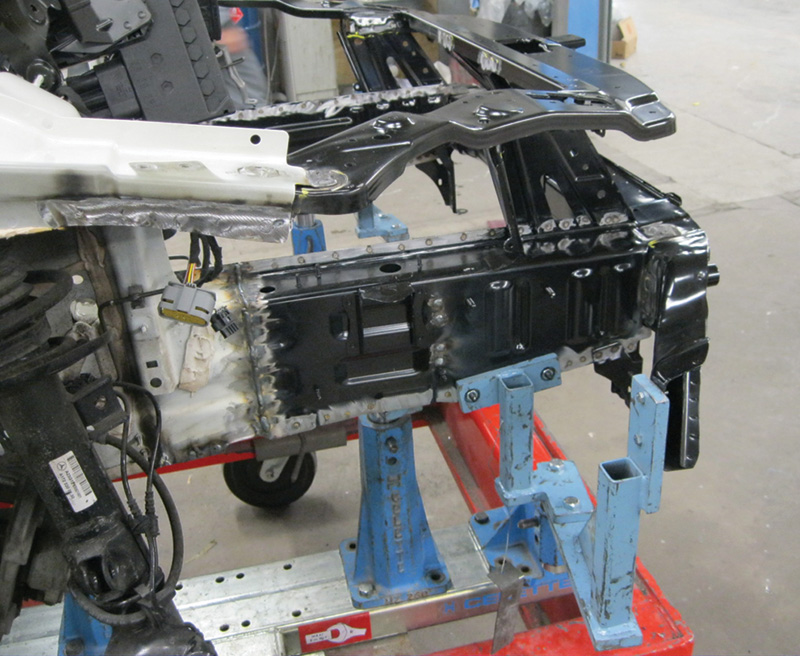
The Celette bench positions a structural member with factory precision, so it can be repaired with zero tolerance.
You’ll need an enclosed or curtained-off room for aluminum-only repairs. “You want to prevent the risk of galvanic corrosion,†said Wano. “A curtained area or separate room reduces the possibility of steel dust from other repairs getting onto aluminum surfaces in your repair. Even a small amount of steel dust or shavings remaining in contact with aluminum in your repair will cause a galvanic reaction that leads to corrosion of the aluminum.â€
For safety, your room should also have its own vacuum or air handling system. “The really fine dust that sanding aluminum generates is highly combustible,†said Wano. “If a spark or bit of slag from welding flies into an area in which there is a high concentration of aluminum dust in the air, it could cause an explosive ignition of the dust.â€
The Biggest Benefit: Training
“Mercedes-Benz documentation is phenomenal,†said Dennis Kirkpatrick, manager of European Collision Center, an independent shop in San Francisco. “It is step-by-step, but because there are so many different models, there are gaps in the average technician’s experience and knowledge, and they get that filled in by training.â€
One of the primary focuses in the Mercedes-Benz training is to make sure that technicians are capable of making the correct welds on aluminum. The training follows the ISO 9606-2 standard that specifies the requirements for qualifications of welders for fusion welding of aluminum and aluminum alloys.
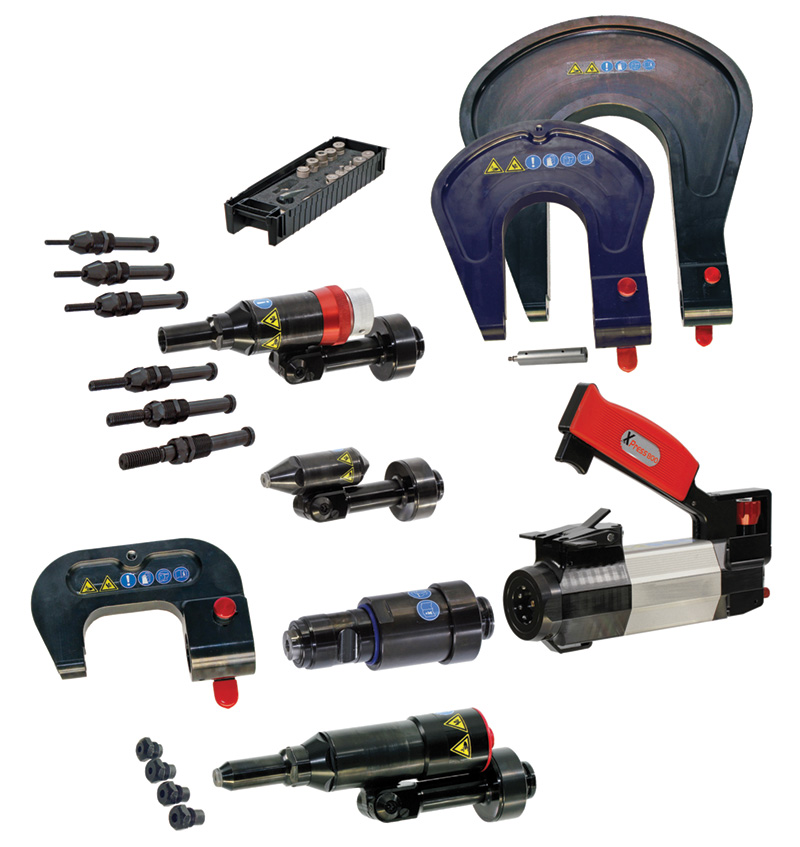
A rivet gun designed for use on aluminum offers adequate clamping force, but not so much as to risk distorting the aluminum
work piece.
“Technicians learn about proper heat management for welding aluminum,†said Michelle Coombs, General Manager of Sports & Imports Collision in Duluth, GA. “They must perform various welds, which are then visually inspected, dye-checked, and tested for tensile strength.â€
“The Mercedes-Benz training also explains how to work with the different metals on specific vehicles, when to use which welding and bonding techniques, and so forth,†said Kirkpatrick. “Without training, you just don’t have that high level of knowledge on individual models that you get by learning from the people that designed and built the vehicles.â€
Something as simple as knowing the location of a radar sensor that is near, behind, or embedded in a bumper cover can be critical to making the proper repair. “If you repair the bumper in a way that obstructs or covers the sensor, you’ve just limited the parameters that the radar can feed to the computer,†said Wano. “Are you willing to be responsible for what might happen if your repair reduces or eliminates the distance the Lane Assist, Blind Spot Assist, or other sensor could cover?â€
Learning when to use seam seal or cavity wax, or both, is another simple thing that is part of the model-specific training. “Cavity wax literally goes into crevices and seals the sheet metal,†said Wano. “You should be installing cavity wax that is specially branded for Mercedes-Benz, and in the exact places where they want it to go. It helps prevent corrosion over the long term.â€
“When my technicians come back from Mercedes-Benz training, they are no longer guessing about what the correct repair procedure is for a given type of damage,†said Kirkpatrick. “They have learned whether the component can be pulled, how it should be spliced, and how Mercedes-Benz wants it repaired. They come back more mature and a little calmer about how to handle a wide variety of repairs.â€
Dedicated Bench

If a vehicle does not fit precisely in the fixtures of a Mercedes-Benz dedicated bench, it is a sign there is damage that has not yet been corrected.
An important recommendation of the Certified Collision Center program is the use of a bench with fixtures that are specific to individual Mercedes-Benz models. The fixtures, or jigs, hold the vehicle in place and allow the technician to place the structural member being replaced or repaired in only one position – with factory installation measurement precision.
The fixtures and jigs on Celette frame equipment are model-specific and developed using the Mercedes-Benz chassis blueprints, so the bench offers zero tolerance placement of a vehicle structural member. The Celette bench enables the detection of damage so small that it may not easily be found with other equipment.
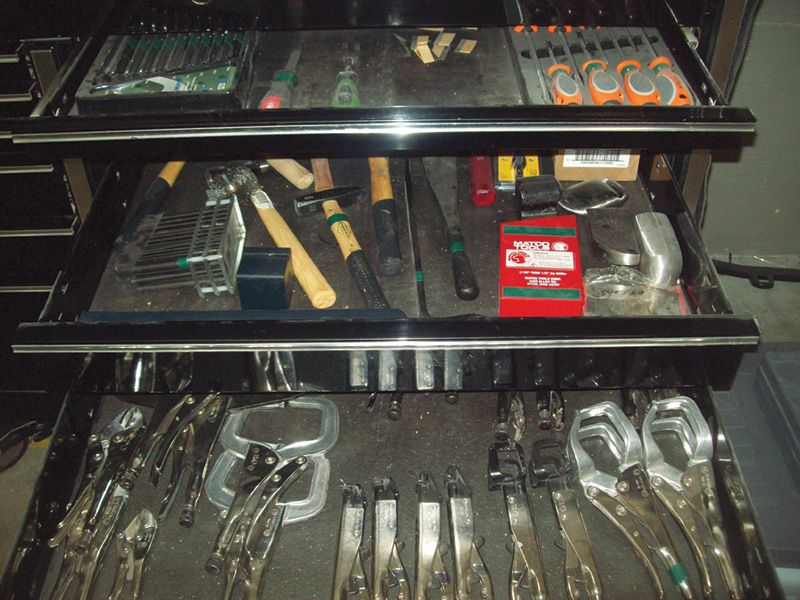
Separate tools for aluminum help prevent transfer of steel dust from other repairs onto an aluminum part. If the two metals remain in contact after the repair, a galvanic reaction occurs that leads to corrosion damage to the aluminum.
The model-specific jigs add time to the process of setting up the bench, and most shops in the program charge extra for it. “Insurers recognize that it takes extra time to set up the frame equipment jigs for a specific Mercedes-Benz vehicle,†said Coombs. “We charge a setup fee in addition to the actual bench time, and find very few insurers unwilling to pay the setup cost.â€
Market Opportunity
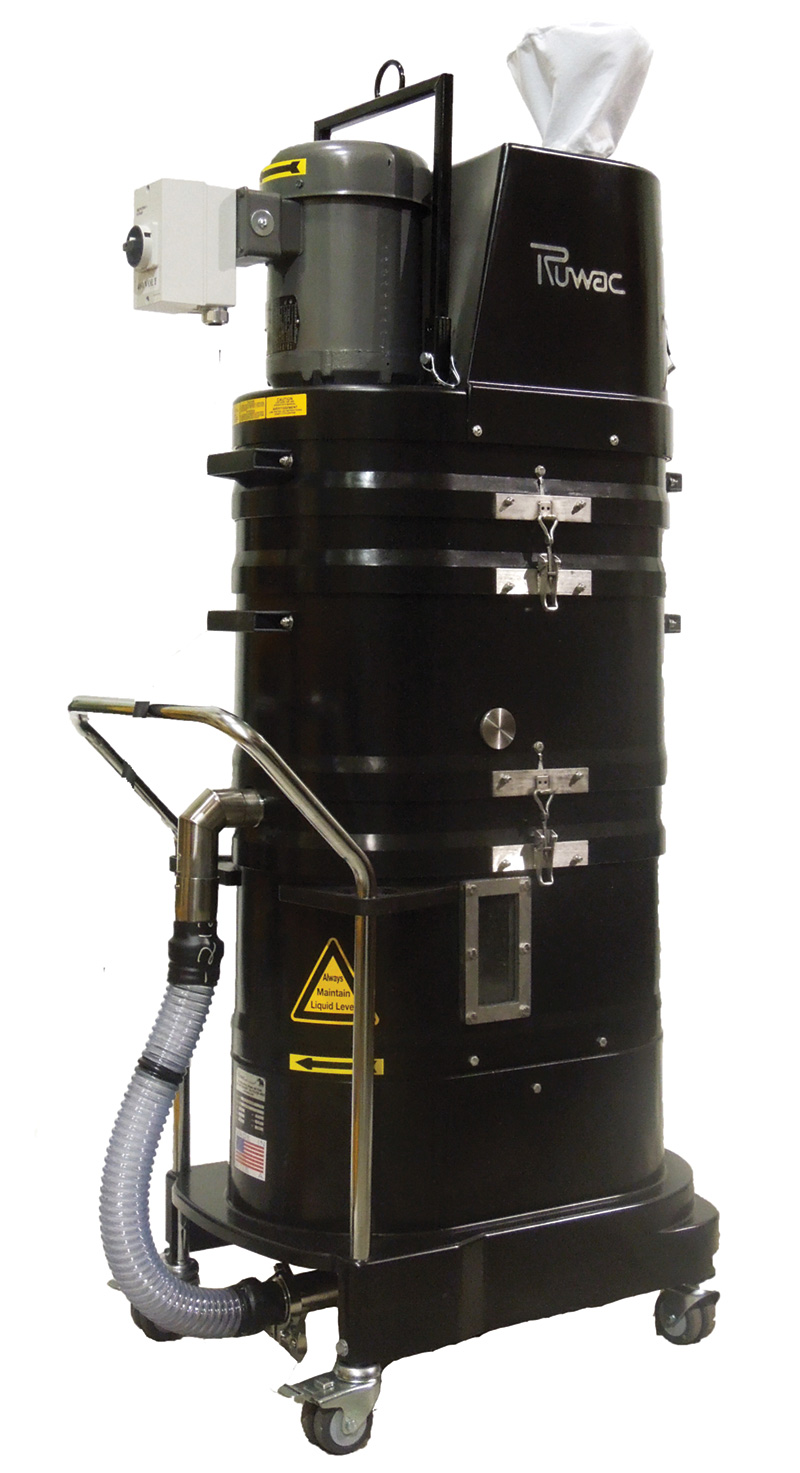
Using a separate vacuum for your aluminum repair room can help prevent the galvanic corrosion that results from steel dust or shavings from other vehicles in the shop coming into contact with aluminum materials in your repair.
Because the certification program is still relatively young, there are many markets with no or only one or two Mercedes-Benz Certified Collision Centers. In those markets, the certified shops draw business from a much wider area than the typical collision facility. GW & Son Autobody, for example, is one of only two Mercedes-Benz certified collision centers in Oklahoma. “We get business from all over Oklahoma, and often from Texas as well,†said Wano.
Dealers that have no in-house capability refer their customers with collision-damaged vehicles to GW & Son Autobody. Independent shops send vehicles for which they have not had the Mercedes-Benz collision repair training to the experts at Wano’s shop.
“Smart shop owners don’t want the risk that comes with working on a vehicle for which their technician has not been trained,†said Wano. “If a technician does not put a frame rail in properly, or does not follow the Mercedes-Benz procedures and electronic or other problems occur down the road, the shop is liable.â€
A Certified Team
To become a Mercedes-Benz Certified Collision Center, a shop must meet extensive facilities requirements, including having a dedicated frame bench, separate enclosure for aluminum repairs, and separate aluminum repair equipment and tools. It must also agree to keep its technicians up-to-date as new technology is introduced on Mercedes-Benz vehicles.
Talk to the owners of any facility that has already qualified for the program, and they will quickly tell you it was worth it.






0 Comments